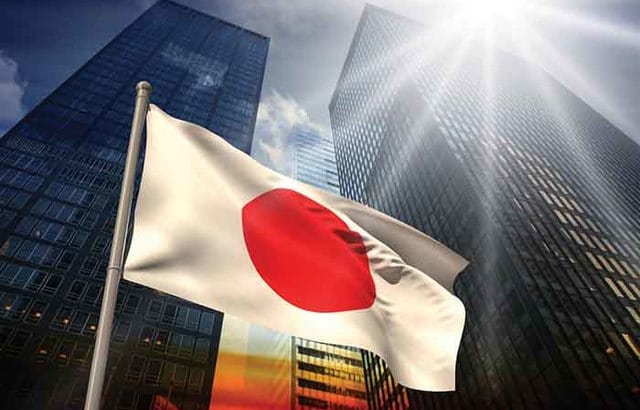Inflows into Japanese equity funds approached the £5bn mark between November 2016 and June this year, with 58.4% of the assets under management held in passive strategies according to Morningstar.
Japanese companies are reporting bumper profits, too, with cash levels hitting a record high of $1.7trn on company balance sheets according to Nikko Asset Management.
The case for Japan is strong. The equity team at Nikko say: “Investing in Japan, which as a country is thought of as having demographic issues that hinder economic growth, is not the same as investing in Japanese companies, given the increase in their overseas exposure.
“As it appears that the first round of the ‘Abenomics’ growth policies is winding down, and that Japan’s newly reshuffled cabinet is refocusing on the economy, we believe it is a good time to revisit opportunities in Japanese companies.”
The MSCI Japan index’s returns of almost 50% over the past three years should not be sniffed at either, but there are concerns regarding how much an investor could miss out on by adopting a passive approach when it comes to investing.
Morningstar has recently downgraded funds by UBS, Vanguard and Fidelity for their use of the MSCI Japan Index as an investment strategy.
It claimed it had “lowered its level of confidence” in the use of the index as a strategy, because it only provided exposure to only 85% of the Japanese market according to Morningstar’s director of passive strategies Hortense Bioy.
Other indexes, Bioy added, such as the MSCI Japan IMI index offered exposure to 900 more companies and to 99% of the market.
However, while the MSCI Japan IMI has returned 4% more than MSCI Japan over the past three years, at 53.17% it still trails the performance of the Japan Smaller Companies sector.
Funds in the small cap space returned 77.29% over the same period, clearly an investor was better off looking for an active small-cap fund than tracking the main indices.
Japan large cap vs small
Even though the large cap exporters have done well, with exports totalling about $695.2bn between October 2015 and September 2016, local firms have fared even better according to data from Mitsubishi Morgan Stanley Securities.
Local Japanese companies reported revenues of some $1.2trn during the same period, the same companies so sorely underrepresented in the main passive-tracked indexes.
Sheridan Admans, investment manager at The Share Centre, said its exposure to Japan has been in active funds since 2013.
“The reason we’re active is more to do with the management style of the fund, but if you buy an index you are buying a large portion of exporters, then you have to take a view on currency and demographics,” he said.
A passive fund in Japan gives you exposure to international exporters that are already available through an investors’ global holdings Admans said, in effect doubling up the bet.
“With active you pay more but you get a differentiator,” he added.







